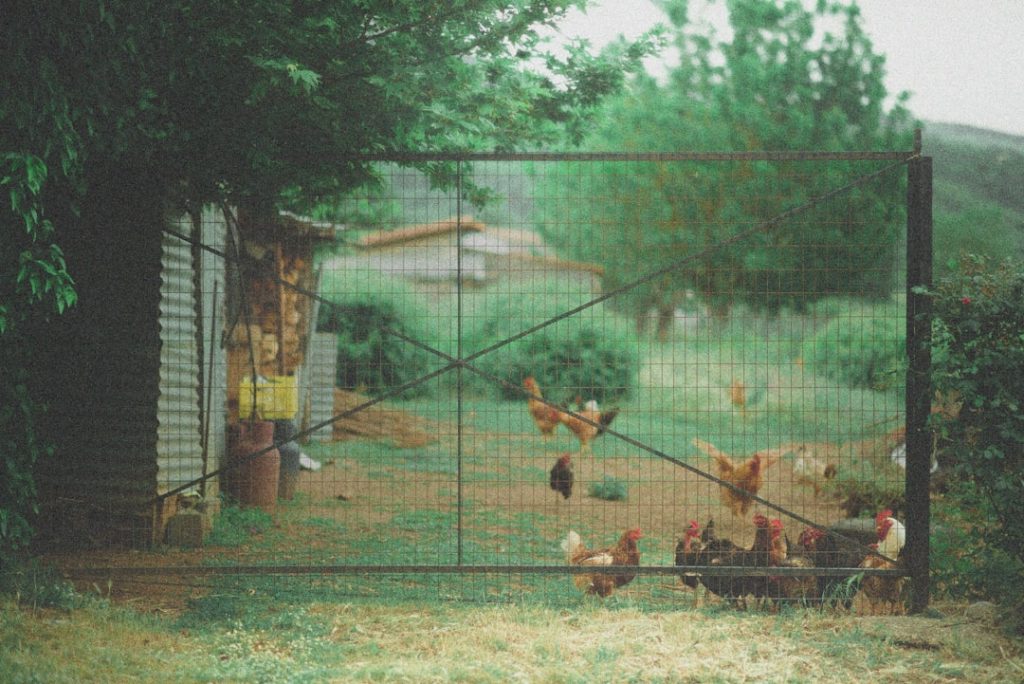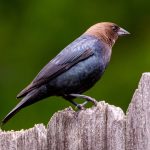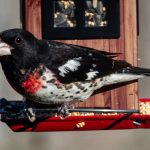When selecting a fence for chickens, several key factors should be considered. The height of the fence is crucial, with a minimum of 6 feet recommended to prevent chickens from flying over and escaping. The fence should be sturdy and secure, as chickens can be resourceful in finding escape routes.
A wire mesh fence with small openings is effective in keeping predators out while allowing adequate ventilation. The choice of fencing material is also important. Wood fences offer aesthetic appeal but may require regular maintenance and are susceptible to rot.
Metal fences are more durable and long-lasting but can be more expensive initially. The selection of fencing material should be based on specific needs and budget constraints. The overall design of the fence should facilitate easy access for cleaning and maintenance.
This is essential for maintaining a hygienic environment for the chickens. The fence should also be constructed to withstand various weather conditions and potential damage from both the chickens and external factors. Proper fencing is crucial for the safety and containment of chickens, as well as for protecting them from predators.
The right fence can significantly contribute to the overall health and well-being of the flock while providing peace of mind for the chicken keeper.
Table of Contents
- 1 Ensuring Proper Ventilation and Sunlight in the Chicken Enclosure
- 2 Providing Adequate Space for Your Chickens to Roam and Exercise
- 3 Protecting Your Chickens from Predators with a Secure Fence
- 4 Maintaining Cleanliness and Hygiene in the Chicken Enclosure
- 5 Monitoring the Health and Well-being of Your Chickens within the Fence
- 6 Tips for Training Your Chickens to Stay within the Fence
- 7 FAQs
Key Takeaways
- Choose a fence that is sturdy and tall enough to keep your chickens safe from predators.
- Ensure proper ventilation and sunlight in the chicken enclosure to maintain a healthy environment for your chickens.
- Provide adequate space for your chickens to roam and exercise to promote their physical and mental well-being.
- Protect your chickens from predators by installing a secure fence and regularly checking for any weak spots or potential entry points.
- Maintain cleanliness and hygiene in the chicken enclosure by regularly cleaning and disinfecting the area to prevent the spread of diseases.
- Monitor the health and well-being of your chickens within the fence by conducting regular health checks and observing their behavior.
- Train your chickens to stay within the fence by using positive reinforcement, providing treats, and gradually increasing their time outside the enclosure.
Ensuring Proper Ventilation and Sunlight in the Chicken Enclosure
Ventilation for a Healthy Environment
One way to achieve this is by incorporating windows or vents into the design of the enclosure. This will allow fresh air to circulate while preventing drafts and excessive moisture from building up.
The Importance of Natural Sunlight
In addition to ventilation, it’s important to ensure that your chickens have access to natural sunlight. Sunlight is essential for the production of vitamin D, which is necessary for healthy bone development and egg production in chickens.
Designing for Optimal Sunlight and Ventilation
When designing your chicken enclosure, consider the placement of windows and doors to maximize the amount of natural light that enters the space. Additionally, you may want to consider adding a covered outdoor area where your chickens can bask in the sun while still being protected from predators.
Providing Adequate Space for Your Chickens to Roam and Exercise
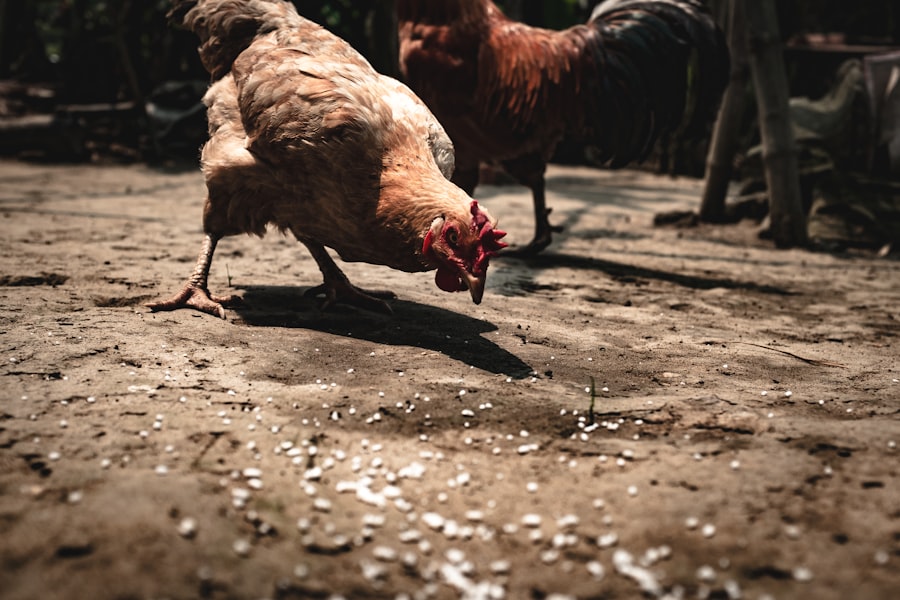
Chickens are active animals that require plenty of space to roam and exercise. When designing your chicken enclosure, it’s important to provide enough space for your chickens to move around freely. A good rule of thumb is to allow at least 10 square feet of space per chicken in the enclosure.
This will give them plenty of room to stretch their wings, scratch at the ground, and engage in other natural behaviors. In addition to providing adequate space within the enclosure, you may also want to consider creating an outdoor run where your chickens can spend time outside of their main living area. This will give them even more space to roam and explore while still being protected from predators.
When designing the outdoor run, be sure to provide plenty of shade and shelter to protect your chickens from the elements.
Protecting Your Chickens from Predators with a Secure Fence
One of the most important functions of a chicken fence is to protect your flock from predators. When choosing a fence for your chickens, it’s important to select a design that will effectively keep out potential threats such as foxes, raccoons, and birds of prey. A wire mesh fence with small openings is a good option, as it will prevent predators from reaching through and attacking your chickens.
Additionally, you may want to consider burying the bottom of the fence underground to prevent predators from digging underneath. In addition to choosing the right type of fence, it’s important to regularly inspect the enclosure for any signs of damage or weakness that could compromise its security. This includes checking for holes or gaps in the fence, as well as making sure that any doors or gates are securely latched.
By taking proactive measures to secure your chicken enclosure, you can help ensure the safety and well-being of your flock.
Maintaining Cleanliness and Hygiene in the Chicken Enclosure
Maintaining cleanliness and hygiene in the chicken enclosure is essential for preventing disease and promoting the overall health of your flock. Regular cleaning and maintenance tasks should be incorporated into your routine to keep the enclosure clean and sanitary. This includes removing soiled bedding, droppings, and any leftover food on a regular basis.
Additionally, you’ll want to regularly disinfect surfaces within the enclosure to prevent the buildup of harmful bacteria. In addition to regular cleaning, it’s important to provide your chickens with a clean and dry living environment. This includes ensuring that their coop is well-ventilated and free from excessive moisture, which can lead to mold and mildew growth.
Providing clean bedding material such as straw or wood shavings can also help absorb moisture and keep the living area dry.
Monitoring the Health and Well-being of Your Chickens within the Fence
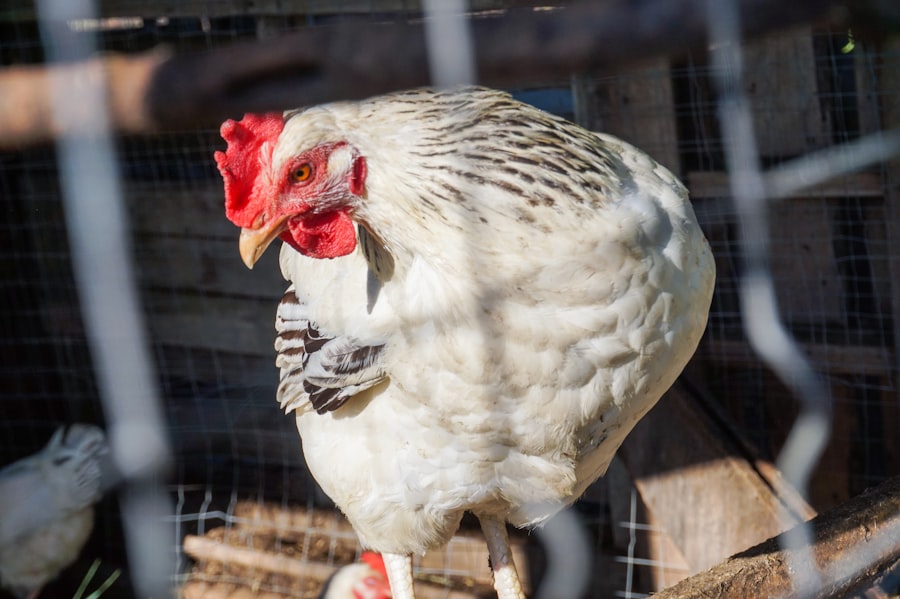
Daily Observations
Look out for any signs of illness or injury, such as lethargy, loss of appetite, or abnormal droppings. By being vigilant, you can catch any potential health concerns early on and seek veterinary care if necessary.
Physical Checks
In addition to visual monitoring, it’s essential to regularly handle your chickens to check for any physical abnormalities or signs of injury. This includes inspecting their feet, legs, wings, and vent area for any signs of injury or infection.
Benefits of Handling
By regularly handling your chickens, you can also help them become more comfortable with human interaction, which can be beneficial for training purposes. This proactive approach to monitoring and handling can significantly contribute to the overall health and well-being of your flock.
Tips for Training Your Chickens to Stay within the Fence
Training your chickens to stay within the fence can help prevent them from wandering off and getting into trouble. One effective method for training chickens is through positive reinforcement using treats. By rewarding your chickens with treats when they stay within the designated area, you can help reinforce this behavior over time.
Another effective training method is through the use of visual barriers such as flags or streamers along the perimeter of the enclosure. Chickens are naturally curious animals, and they may be deterred from crossing these barriers out of fear or uncertainty. Over time, they will learn to associate these visual cues with staying within their designated area.
In addition to positive reinforcement and visual barriers, it’s important to be patient and consistent with your training efforts. Chickens are intelligent animals, but they may take some time to learn new behaviors. By being patient and consistent with your training efforts, you can help ensure that your chickens stay within the fence and remain safe and secure within their enclosure.
In conclusion, choosing the right fence for your chickens is essential for their safety and well-being. By considering factors such as height, material, ventilation, and security, you can create a secure and comfortable living environment for your flock. Additionally, providing adequate space for exercise, protecting against predators, maintaining cleanliness, monitoring health, and training can help ensure that your chickens thrive within their enclosure.
With proper care and attention to detail, you can create a happy and healthy environment for your feathered friends to enjoy for years to come.
If you’re looking for ideas on how to keep your chickens safe and secure, you might want to check out this article on chicken coop run plans. It offers valuable tips and strategies for creating a fenced area that will keep your chickens protected from predators while still allowing them to roam and forage.
FAQs
What are the benefits of keeping chickens in a fenced area?
Keeping chickens in a fenced area provides them with protection from predators, allows for better control of their environment, and helps to prevent them from wandering into areas where they may cause damage.
What type of fencing is best for keeping chickens?
The best type of fencing for keeping chickens is one that is sturdy and secure, such as hardware cloth or welded wire. It should be tall enough to prevent chickens from flying over and have small enough gaps to keep out predators.
How much space do chickens need in a fenced area?
Chickens need at least 4 square feet of space per bird in a fenced area. However, more space is always better to allow for natural behaviors such as scratching and foraging.
What should be included in a fenced area for chickens?
A fenced area for chickens should include a coop for shelter, roosting bars, nesting boxes, and access to food and water. It should also have areas for dust bathing and foraging.
How can I predator-proof a fenced area for chickens?
To predator-proof a fenced area for chickens, make sure the fencing is secure and buried to prevent digging. Install hardware cloth or wire mesh around the perimeter and consider adding motion-activated lights or sound deterrents. Regularly inspect the fencing for any signs of damage or weakness.
Meet Walter, the feathered-friend fanatic of Florida! Nestled in the sunshine state, Walter struts through life with his feathered companions, clucking his way to happiness. With a coop that’s fancier than a five-star hotel, he’s the Don Juan of the chicken world. When he’s not teaching his hens to do the cha-cha, you’ll find him in a heated debate with his prized rooster, Sir Clucks-a-Lot. Walter’s poultry passion is no yolk; he’s the sunny-side-up guy you never knew you needed in your flock of friends!

